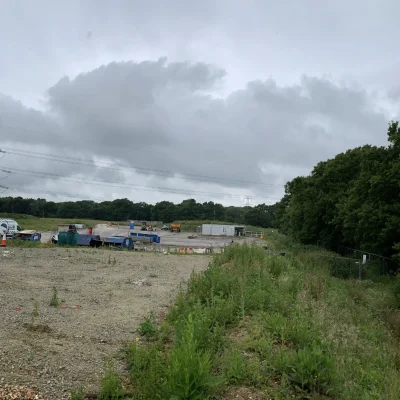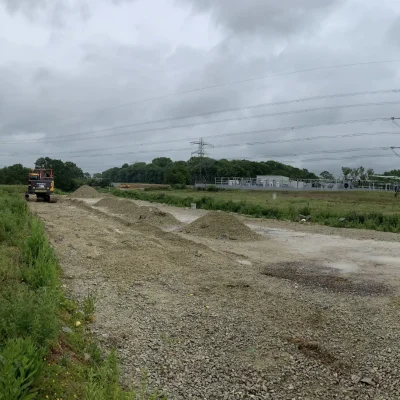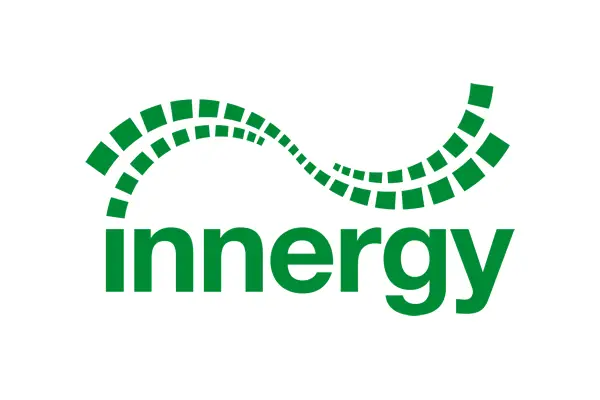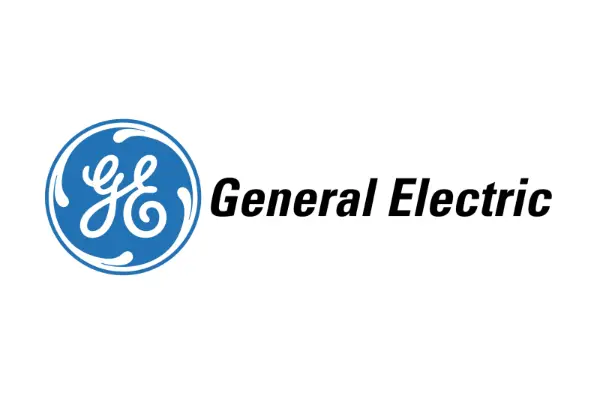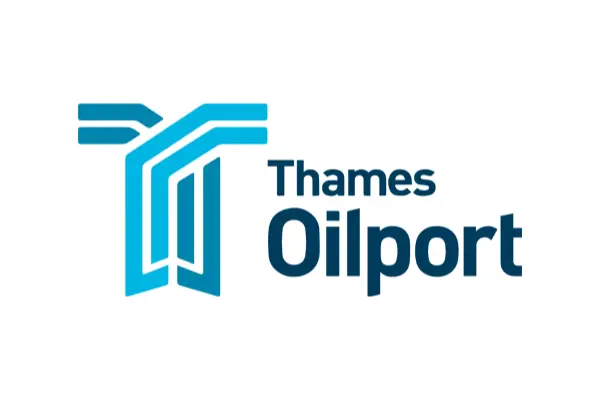The project involved the demobilization and removal of various elements from the site, including temporary structures, the laydown area, and access roads. The following services were successfully completed:
Demobilizing Site: The site demobilization process encompassed the removal of all equipment, machinery, and resources that were no longer needed or required for the project. This included dismantling and clearing any temporary installations and returning the site to its original state.
Removing Temporary Structures: Temporary structures, such as offices, storage units, or welfare facilities, were dismantled and removed from the project site. This involved careful disassembly and proper disposal or relocation of these structures to ensure a clean and organized site.
Removing Laydown Area: The laydown area, where materials and equipment were temporarily stored during the project, was cleared and restored. This involved removing any remaining materials, debris, or equipment from the area and ensuring it was returned to its original condition.
Removing Access Roads: Access roads that were created for the project’s construction or operation were dismantled and removed. This included removing any temporary road surfaces, signs, markings, or structures associated with the access roads.
The successful completion of these services marked the conclusion of the project and aimed to restore the site to its pre-project condition. Demobilizing the site, removing temporary structures, and clearing the laydown area and access roads contributed to the overall cleanup, organization, and safety of the site. These activities ensured the responsible and environmentally conscious completion of the project while minimizing any potential impacts on the surrounding area.
Through these services, the project aimed to fulfill contractual obligations, meet regulatory requirements, and leave the site in a state that could be safely transitioned to its next intended use or returned to its original purpose.

